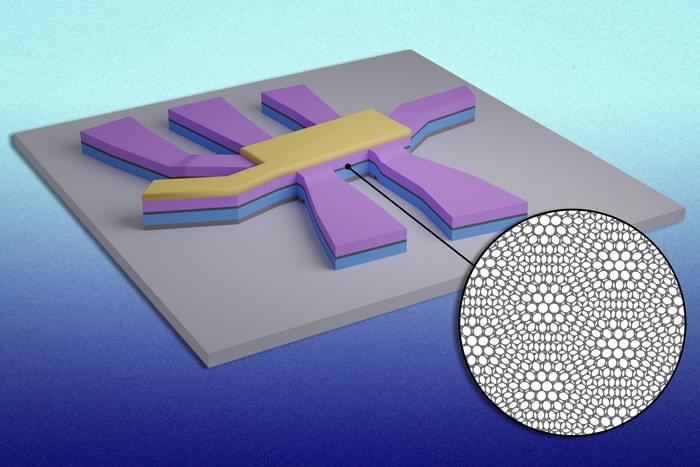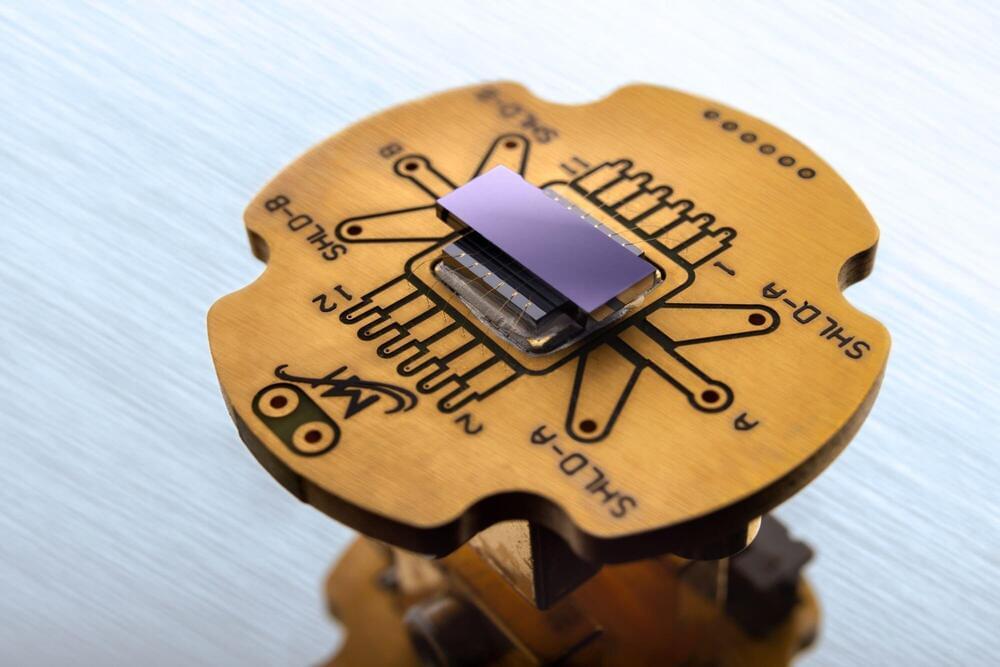Feb 24, 2023
Electrons’ magnetism confirms particle physics’ most precise prediction
Posted by Shubham Ghosh Roy in category: particle physics
No one has ever probed a particle more stringently than this.
In a new experiment, scientists measured a magnetic property of the electron more carefully than ever before, making the most precise measurement of any property of an elementary particle, ever. Known as the electron magnetic moment, it’s a measure of the strength of the magnetic field carried by the particle.
That property is predicted by the standard model of particle physics, the theory that describes particles and forces on a subatomic level. In fact, it’s the most precise prediction made by that theory.


















